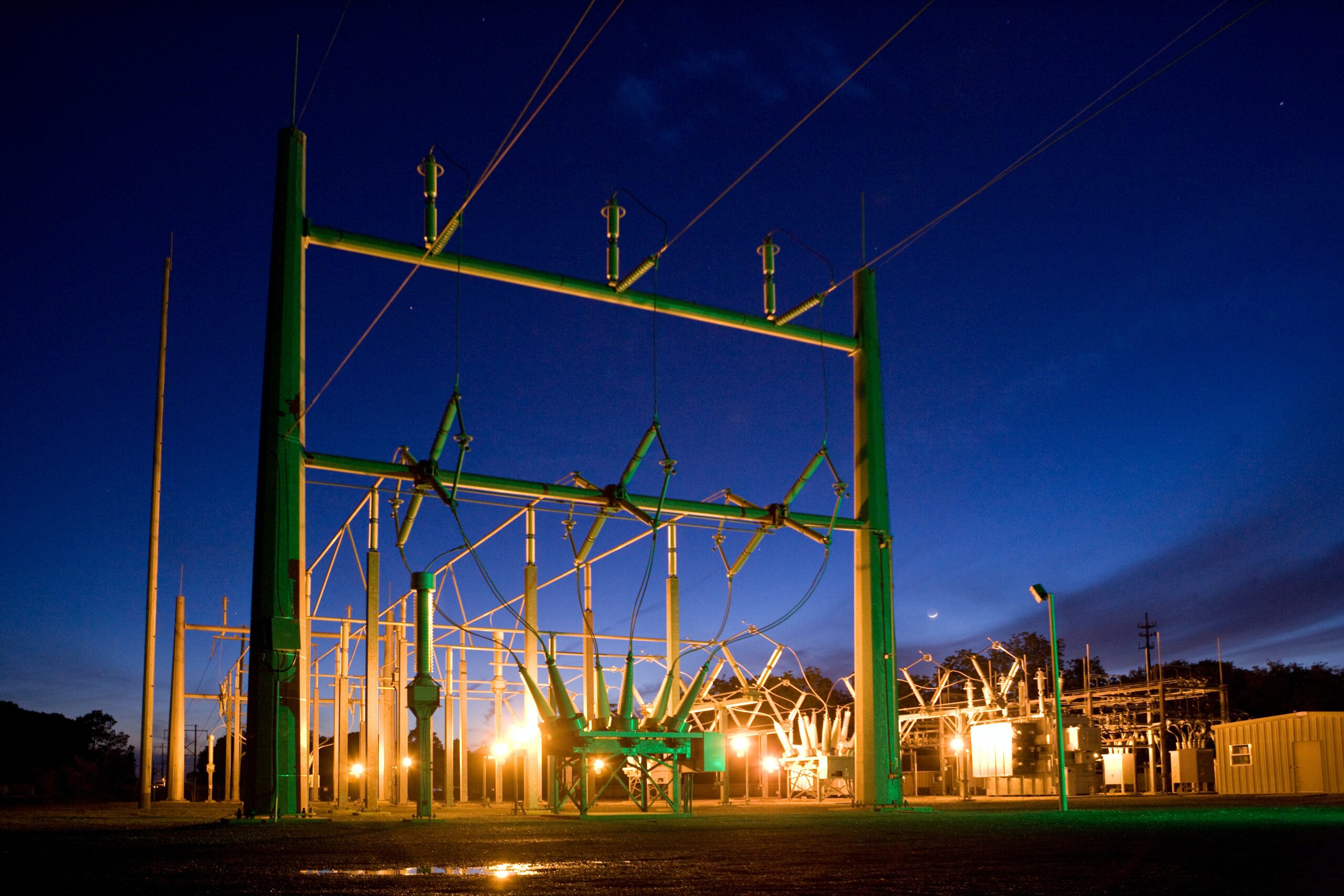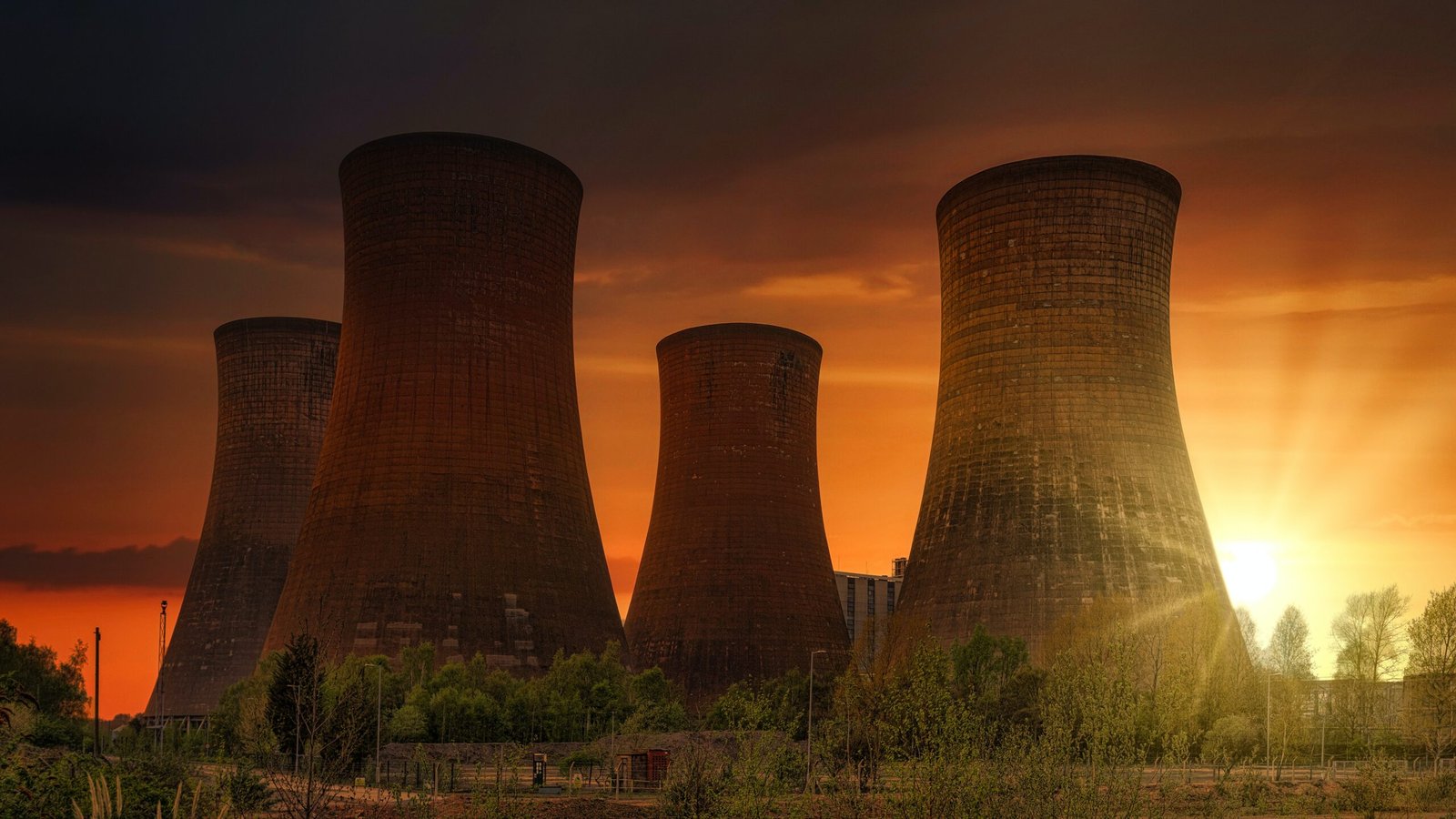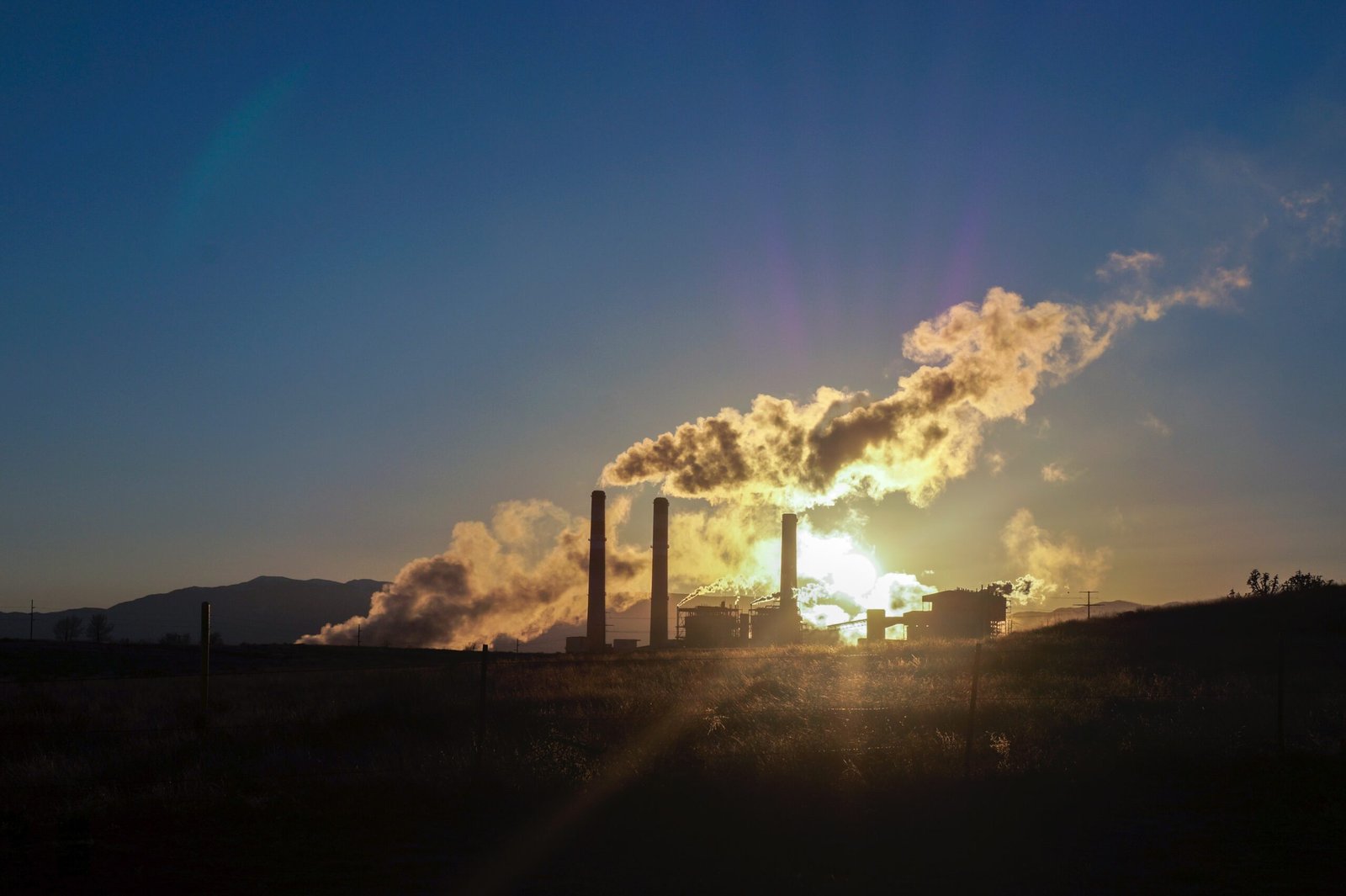
How Electricity Companies Decide On New Power Plants
We all need power. Without it, we could not run our homes, cars, or businesses.
This dependency makes electricity-generating companies some of the most powerful businesses on earth. But how these businesses decide what kind of facility they use to generate power can be something of a mystery, even to experts.

The decision to build a new gas or nuclear power plant, invest in wind or solar farms, or simply extend the life of existing facilities, is never straightforward. With power plants rushing to upgrade their equipment to become more environmentally friendly, process equipment sales have skyrocketed. This makes good business sense, as it can also make power plants more efficient, but there are other decisions that power plants need to make if they want to adapt. One of the key factors electricity companies and others look at is LCOE. By the end of this short piece, you will have LCOE explained and understand a little more about the reasoning behind these important decisions.
What is LCOE?
LCOE is the Levelized Cost of Energy, Electricity, or Electrons (users have yet to settle on an agreed term). It is the price at which electricity should be sold for a power company’s generating asset to break even over its lifetime.
How companies and regulators use it
The LCOE is important because it helps electricity companies, shareholders, and other stakeholders, decide if investing in a generating asset is worthwhile. By viewing an asset’s cost-effectiveness through the LCOE metric, those involved can make informed decisions for the long term.
What it includes
LCOE differs depending on many factors. These include:
- The type of generating asset: A recent report showed that, despite inflation, the solar and onshore wind still generate electricity for less than other kinds of assets, including coal, gas, and battery storage.
- Location: Local, national, and global geography all affect a project’s LCOE. For example, coal-fired power plants make no sense without readily accessible seams of suitable material. And offshore wind only works in coastal areas.
- Upfront costs: Electricity companies must consider investments in technology, financing, manpower, and development when calculating LCOE. This tends to make offshore wind LCOE calculations higher than onshore wind due to the technology used, access, operation, and maintenance. Similarly, solar farms can suffer increased LCOE if they need large areas of land in expensive areas.
- Fuel costs: Gas-powered plants are especially vulnerable to fluctuations caused by world events, like the war in Ukraine and associated Russian sanctions.

Why it matters
LCOE is a benchmark used primarily by electricity companies, investors, and power purchasers. But it also helps lawmakers and governments, who must consider subsidies, tax breaks, and public policy issues. Lawmakers are especially sensitive to their voters’ views on things like climate change, jobs, and green energy.
Overall, renewables are the cheapest source of new power for two-thirds of the global population. LCOE helps power companies and legislators at all levels by offering real data which can be used to inform the public. Local resistance to new “green” power plants can be overcome with persuasive proof that they result in cheaper, cleaner energy. And the wider issue of climate change cannot be overlooked. Renewables, and green power, have been heavily subsidized in the past to encourage growth. Now that such technology is mature, and more cost-effective than other forms of power generation, governments are reducing or eliminating subsidies. Despite this, LCOE shows that, for most, it is still worthwhile investing in green energy over carbon-producing assets.








